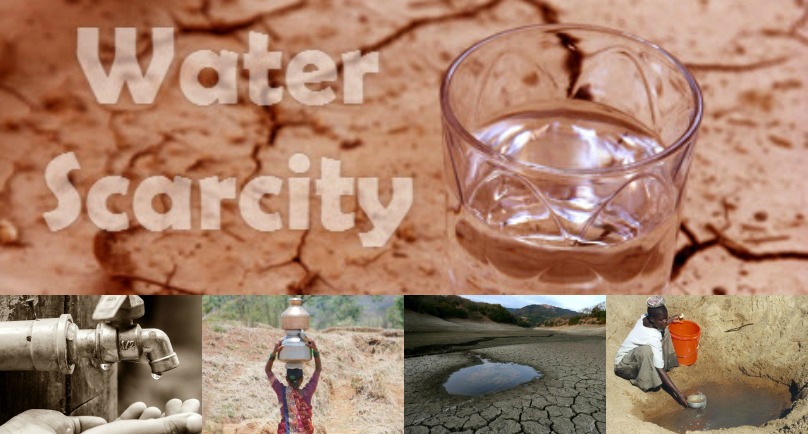by Kiwiana Ngabung – EMTV Online, Port Moresby
Water scarcity is defined as water use being more than the amount being replenished.
In a new research, data reveals that over 4 billion people around the world live with severe water scarcity for at least one month of the year. Almost half of these people live in India and China.
The research by Mesfin Mekonnen and Arjen Hoekstra of University of Twente in Netherlands, analysed data from 1996 to 2005 on a monthly basis. Their analysis shows a more severe problem of water shortage, than previously thought.
“The increasing world population, improving living standards, changing consumption patterns, and expansion of irrigated agriculture are the main driving forces for the rising global demand for water.”
High levels of water scarcity happens in places with either a high population, or where irrigated agriculture is (some parts of U.S.), or both (India and China). They also exist in areas that, even without dense population nor intense irrigated agriculture, have very low natural water availability like the Sahara and Central Australia deserts.
Water scarcity is a huge global problem when half a billion people face it all year round.
“Of those half-billion people, 180 million live in India, 73 million in Pakistan, 27 million in Egypt, 20 million in Mexico, 20 million in Saudi Arabia, and 18 million in Yemen,” the report states.
“If you look at environmental problems, [water scarcity] is certainly the top problem,” said Professor Arjen Hoekstra, who led the new research. “One place where it is very, very acute is in Yemen.”
According to a report of the water crisis in Yemen, high population growth and misguided agricultural development and policies are two of the main causes of water scarcity, among others.
It’s a daily struggle for 50 per cent of the Yemen population, finding or buying clean water to drink or grow food.
The analysis also reveals that water use and availability in many river basins, like the Murray-Darling (Australia), the Ganges (India) and the Limpopo (South Africa) is countercyclical; meaning consumption of water is high when availability is low.
Direct victims of overuse of water resources are consumers themselves, who suffer mostly during droughts.
“Businesses depending on water in their operations or supply chain also face increasing risks of water shortages.
“Other effects include biodiversity losses, low flows hampering navigation, land subsidence, and salinization of soils and groundwater resources.”
Papua New Guinea, Central African countries and forested parts of South America are among others that experience low water scarcity throughout the year. These are areas that have a relatively high amount of natural water that can account for its population.
Water crises, is one of the top three risks in terms of potential impact, according to the Global Risks Report 2016.
“Globally, based on current trends, water demand is projected to exceed sustainable supply by 40% in 2030.
“Unless current water management practices change significantly, many parts of the world will therefore face growing competition for water between agriculture, energy, industry, and cities,” as stated in the GRR2016.
Because this is the first study to assess water scarcity on a monthly basis, it looks closely at the extent of water scarcity. This sheds more light on what needs to be done to use and manage water properly.
The research concludes by stating that “it will be important that governments and companies formulate water footprint benchmarks based on best available technology and practice”.


